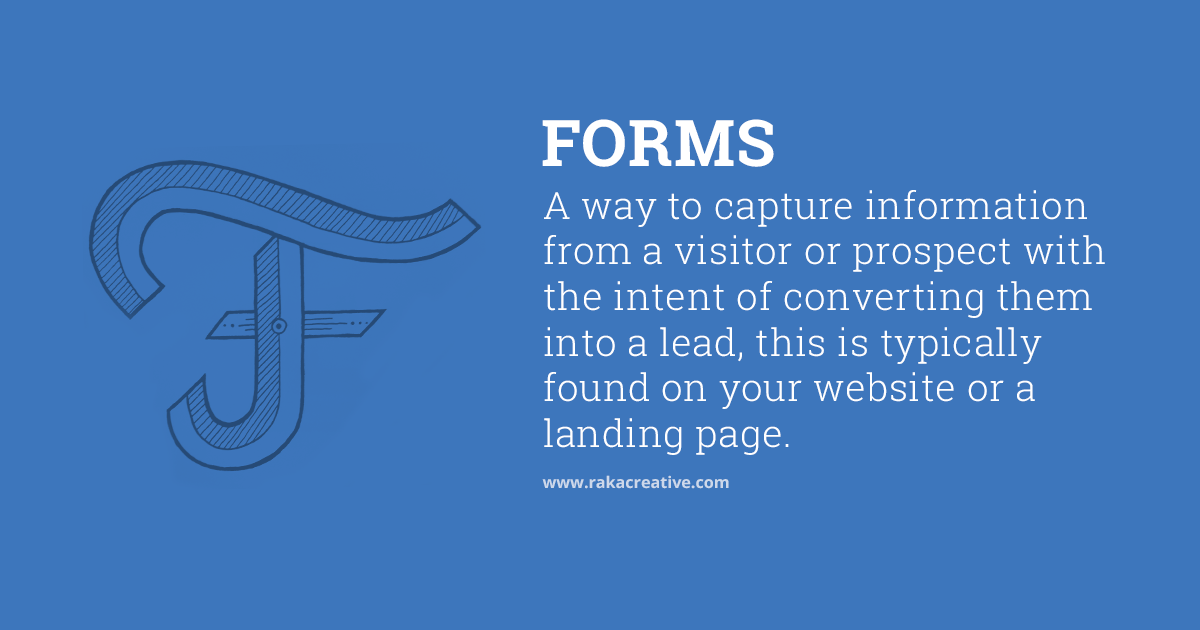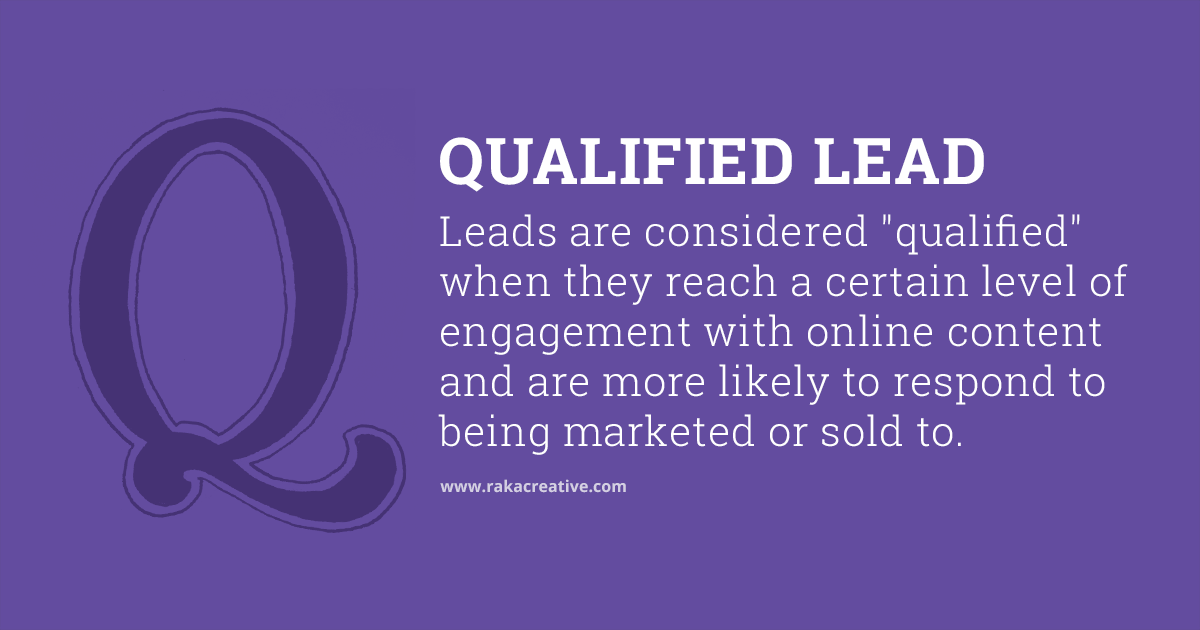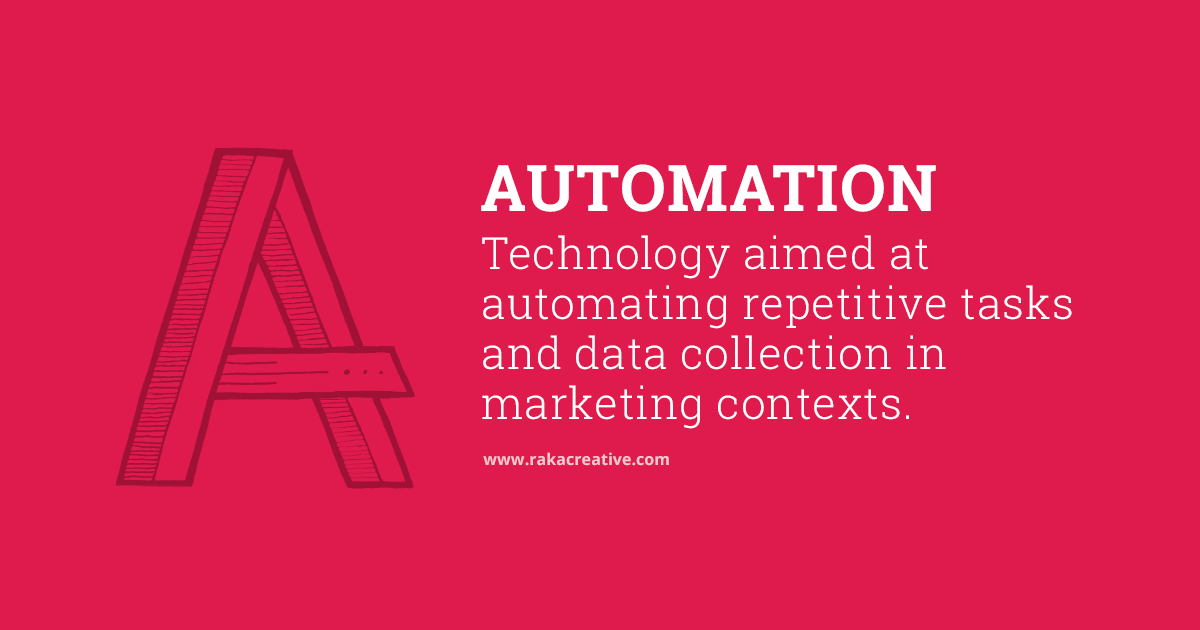Until they give you their contact information, your average website visitor is just a faceless, interesting browser of your digital presence. A form is the vehicle that gets your anonymous visitor one step closer to a customer, and it’s one of the most important marketing tools to master using.
Tell me more
Forms are another one of those bread-and-butter (mmm bread and butter) tools for marketers. (Looking for more? Read our inbound marketing dictionary.) You have to hook ’em with email marketing or a compelling piece of content, and then direct them to a form where you can finally capture their relevant info. Those forms turn the shadowy, anonymous visitor into (we’re presuming) smiling leads ready to receive your clever marketing.
The challenge is always getting someone to actually fill out those forms, but marketers have made gains by offering value in exchange for that info, including e-books, white papers, and exclusive discounts. Your old school contact form just isn’t going to perform as well as something you heavily incentivize.
Assuming you have a competent development staff, well-built forms slot in nicely on any website and look at home there. Increasingly, they’re also dynamic, meaning they’ll collect information and mutate every time a lead encounters a form on your site again. That’s valuable when you want to get their name and email up front and add phone number and title later on, for example.
Why forms are important to marketers
Ultimately, you need information to run your marketing campaigns, especially if you want to customize your messaging in any way. That means you’ll need first names to include in personalization tokens, email addresses to actually send campaigns to, and a job title to segment into buyer personas, among other information. If you’re smart about your content, you can bring a prospect back, again and again, to collect more sweet, sweet information.
That information doesn’t just allow you to tailor content to your 21st-century marketing campaigns, either. It allows you to easily slice and dice your database to gain insight into what your audience looks like, which can inform everything from the content you produce to the horrifying realization that you have been marketing to millennials for three years and 75% of your audience is actually over the age of 80. You know, either or.
Bottom line: Unless you’re doing the trade show circuit or paying for lists in shady fashion, forms are where you’ll collect your best info. A form is the best way to turn someone curious about your company into a lead, and that’s why it’s essential you master its use.
If you skimmed this post…
You may still need to brush up on forms. They are a means to capture information from a visitor or prospect, with the intent of converting them into a lead, and are typically found on your business website or a landing page. This is how you get prospect information into your database, and thus it is vital.






